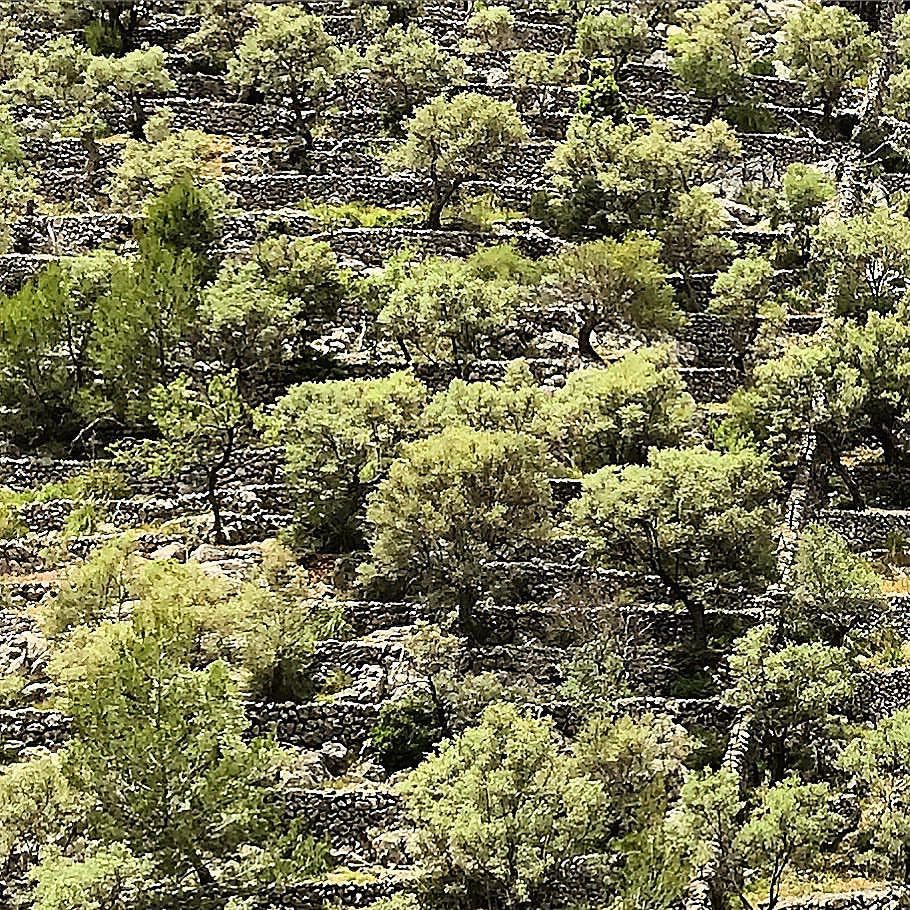The first terraced agriculture in Spain dates to second millennia B.C.
The combination of water harvesting and aqueduct know-how brought by Arabs, along with the agricultural understanding and territorial control system introduced by Christian conquerors of Mallorca in 13th century mean terraces have been constructed and repaired continuously.
Terraces were also cultivated during the 18th and 19th centuries to compensate for loss of income caused by crises in the Spanish textile industry and the transhumance system (the practice of moving livestock from one grazing ground to another in a seasonal cycle, typically to lowlands in winter and highlands in summer).
In the late 20th century, bench terraced fields were abandoned, triggering shrub invasion and deterioration.
But in the mountainous regions of Mallorca, terraced landscapes are valued for protecting the land. The European Union now includes these agricultural terraced landscapes in their plans for conservation. (Boletín Association Geografos Espanoles, 2013)
The mountains and hills are covered in highly intricate systems of terracing and planted to ancient olive, carob and almond trees.
-
#spain #mallorca #terracedagriculture #farm
(at Cala Deià, Mallorca)

